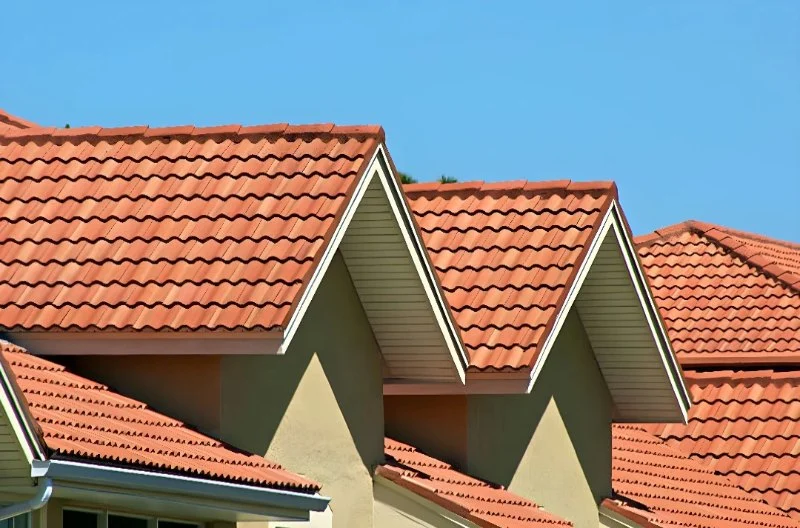
- 1-Understanding the Impact of Temperature Swings on Roofs
- 2-How Temperature Changes Affect Roof Materials
- 3-Estimating Roof Lifespan in Areas with Frequent Temperature Swings
- 4-Maintenance Tips for Extending Roof Lifespan
- 5-Real-Life Case Study: Roof Durability in a High-Temperature Swing Area
1. Understanding the Impact of Temperature Swings on Roofs
Frequent temperature fluctuations can take a toll on the lifespan of a roof, especially in regions with harsh seasonal transitions. Areas that experience hot summers and cold winters put constant stress on roofing materials, causing them to expand and contract. Over time, this can lead to wear and tear, reducing the roof's ability to protect your home effectively.
Whether you’re in a region with extreme seasonal changes or living in a place where temperatures shift dramatically throughout the day, understanding the impact of these swings on your roof is essential for maintaining its durability and extending its life.

Homeland Roofing & Siding
Parsippany-Troy HillsMorris CountyNew Jersey
8 Campus Dr, Parsippany, NJ 07054, USA
2. How Temperature Changes Affect Roof Materials
Roof materials behave differently under changing temperatures. Some materials are more resistant to these changes, while others can experience significant damage. Here's how common roofing materials respond to frequent temperature swings:
2.1 Asphalt Shingles
Asphalt shingles are one of the most popular roofing materials, but they are particularly vulnerable to temperature swings. In hot temperatures, asphalt becomes soft and pliable, while in cold temperatures, it becomes brittle and prone to cracking. The constant cycle of expansion and contraction can lead to premature wear, shingle breakage, and leaks.
2.2 Metal Roofs
Metal roofs are highly durable and resilient, but they can also be affected by temperature swings. Metal expands and contracts with heat and cold, which can cause joints and seams to loosen over time. This movement may lead to water penetration if the roof is not properly sealed or maintained.
2.3 Clay and Concrete Tiles
Clay and concrete tiles are highly resistant to temperature changes but can still crack under extreme temperature shifts. While these materials are more durable in hot climates, rapid cooling followed by heating can cause tiles to become brittle, especially if they’re old or improperly installed.
2.4 Wood Shingles
Wood shingles and shakes are highly sensitive to temperature changes. Wood expands and contracts more dramatically than other materials, leading to warping, splitting, and cracking. In areas with significant temperature shifts, wood roofs require more frequent maintenance to avoid deterioration.
3. Estimating Roof Lifespan in Areas with Frequent Temperature Swings
The lifespan of your roof depends heavily on the materials used, the quality of the installation, and the severity of the temperature swings in your area. Here’s a general idea of how different types of roofs fare in areas with frequent temperature shifts:
3.1 Asphalt Shingles
Asphalt shingle roofs typically last between 15-25 years, depending on the quality and installation. In regions with frequent temperature fluctuations, this lifespan may be reduced by 5-10 years due to the constant expansion and contraction. Proper maintenance, such as annual inspections and prompt repairs, can help extend the lifespan of asphalt shingles in these climates.
3.2 Metal Roofs
Metal roofs are known for their durability and can last 40-70 years, depending on the material (steel, aluminum, copper). In areas with extreme temperature swings, metal roofs generally perform better than asphalt due to their resistance to cracking, but they may require maintenance to ensure seams and fasteners remain tight.
3.3 Clay and Concrete Tiles
Clay and concrete tile roofs can last 50+ years, but in areas with dramatic temperature shifts, they may experience cracking or breaking over time. While they are resistant to heat, the impact of freezing and thawing cycles can affect their integrity. Proper installation and sealing are key to maximizing their lifespan.
3.4 Wood Shingles
Wood shingles typically last 20-30 years, but in regions with frequent temperature changes, their lifespan may be shortened. Wood roofing is highly susceptible to expansion and contraction, which leads to cracking, warping, and decay. Regular inspections and maintenance are essential to keeping wood shingles intact in these climates.
4. Maintenance Tips for Extending Roof Lifespan
Maintaining your roof properly can help reduce the wear caused by temperature fluctuations and extend its lifespan. Here are some essential maintenance tips:
4.1 Regular Inspections
Schedule annual roof inspections to catch small issues before they become major problems. Look for cracks, missing shingles, or damage to seals, especially after extreme weather events. Early detection can save you money on repairs and prevent further damage to your roof.
4.2 Keep Gutters Clean
Clogged gutters can trap water, which can freeze and expand during cold weather, leading to ice dams and roof damage. Keep your gutters clean and clear of debris to ensure proper water drainage and reduce the risk of roof damage during freezing conditions.
4.3 Apply a Protective Coating
Some roofing materials, especially metal, benefit from protective coatings that help reduce the effects of temperature changes. A high-quality roof coating can provide additional protection against UV rays, water damage, and temperature fluctuations.
4.4 Ensure Proper Ventilation
Proper attic ventilation is crucial in preventing heat buildup and reducing the stress caused by temperature swings. Install vents to allow hot air to escape in the summer and cool air to circulate in the winter, keeping your roof cooler and reducing the expansion and contraction of roofing materials.
5. Real-Life Case Study: Roof Durability in a High-Temperature Swing Area
Let’s take a look at a real-world example of how temperature swings affected a roof in a particular area:
5.1 The Martin Family’s Roof in Colorado
The Martin family lives in Colorado, where they experience extreme temperature swings between summer and winter. Their asphalt shingle roof, installed 15 years ago, began showing signs of wear much earlier than expected. After a particularly harsh winter with freezing temperatures followed by a scorching summer, they noticed several cracked shingles and water damage in the attic.
After a professional roof inspection, it was determined that the constant expansion and contraction caused by the temperature swings had weakened the shingles. The Martins opted for a metal roof replacement, which offered better durability against temperature fluctuations. With proper maintenance, the new metal roof is expected to last much longer and provide better protection for their home.

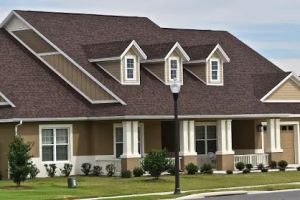
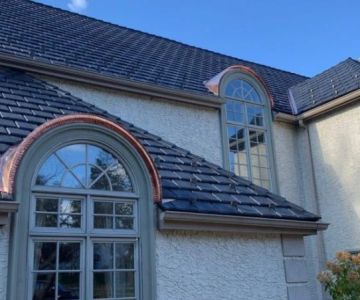

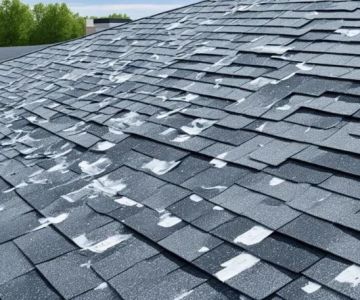

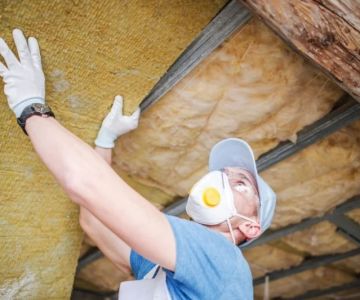
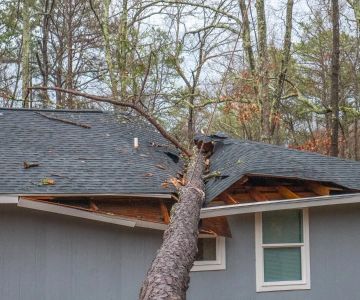
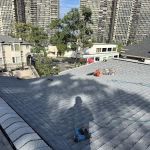 All Point Roofing & Chimney4.0 (191 reviews)
All Point Roofing & Chimney4.0 (191 reviews) RBM Roofing & General Contracting3.0 (7 reviews)
RBM Roofing & General Contracting3.0 (7 reviews) Top Pro Roofing Repair West Orange4.0 (18 reviews)
Top Pro Roofing Repair West Orange4.0 (18 reviews) AAA Home Construction Inc5.0 (53 reviews)
AAA Home Construction Inc5.0 (53 reviews) American Roofworx LLC5.0 (3 reviews)
American Roofworx LLC5.0 (3 reviews) FEBA ROOFING & HOME IMPROVEMENT0.0 (0 reviews)
FEBA ROOFING & HOME IMPROVEMENT0.0 (0 reviews) Does Your Homeowner's Insurance Cover Roof Damage? Understanding Your Policy
Does Your Homeowner's Insurance Cover Roof Damage? Understanding Your Policy Tile Roof Repair: How to Handle Cracked and Broken Tiles
Tile Roof Repair: How to Handle Cracked and Broken Tiles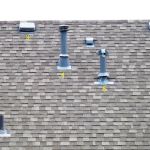 How to Install a Roof Vent for a Gas Water Heater or Furnace
How to Install a Roof Vent for a Gas Water Heater or Furnace What is a Roofing Project Closeout Package? Essential Documents You Should Receive
What is a Roofing Project Closeout Package? Essential Documents You Should Receive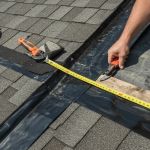 How to Install Roof Flashing on a Complex Roof with Multiple Pitches
How to Install Roof Flashing on a Complex Roof with Multiple Pitches How to Choose a Roofing Contractor with Good Reviews and BBB Rating
How to Choose a Roofing Contractor with Good Reviews and BBB Rating